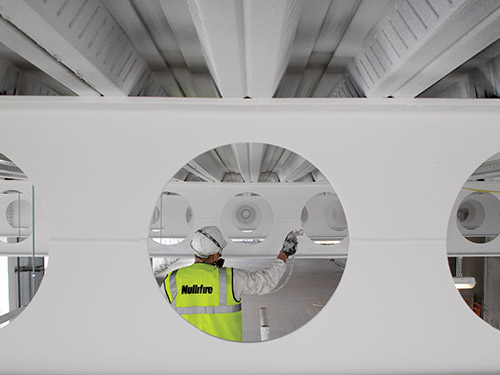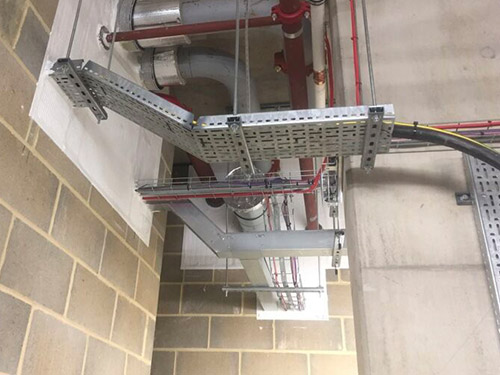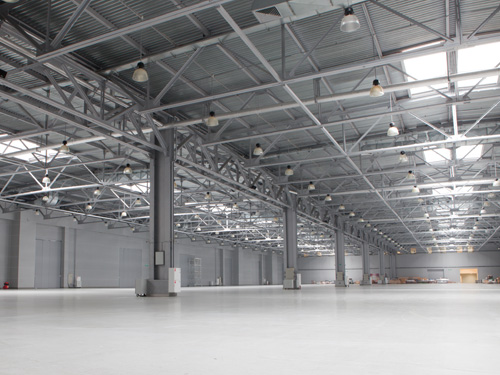1. Consider the Annular Gap
The annular gap refers to the space between the side of penetration opening and the penetrating material. To prevent spread of water, fire, smoke, and gas, this gap needs to be filled with a tested fire sealant system that allows for expansion, contraction, and movement, and is according to specific test approvals (ETA/BS-EN). Aside from sealants, other types of firestopping materials such as intumescent straps or collars must be installed at the correct depth. If the depth of the material is too shallow, it may not seal the annular gap completely, allowing fire and smoke to still pass through. The best practice is to always follow the instructions of the firestopping system manufacturer carefully.
2. Uncertified Products
Simply put, certified firestopping products provide a higher level of safety and reliability compared to non-certified products. This is because certified firestopping products have been tested and evaluated by independent third-party organizations to ensure that they meet specific standards for fire resistance and smoke control. These products have undergone rigorous testing and meet the requirements of building codes and standards. Unlike certified firestopping products which have been tested and approved for their intended use, using uncertified firestopping products can compromise the fire protection system of a building, potentially leading to loss of life, property damage, and legal liability (e.g., cannot claim for fire insurance).
3. Installation Shortcuts
Even the best products, when installed poorly or incorrectly, cannot perform as intended and thereby compromise the integrity of the whole system. The most common shortcuts include using the wrong density of rockwool, using lesser than the recommended thickness of sealant, using the wrong product in different applications, failing to clean the surfaces to be sealed, not using the proper adhesives, or using a "backer rod" that is too small.
All these shortcuts put the building’s structural integrity and its occupants’ safety at risk, not to mention it could lead to code violations and liability issues for building owners, contractors, and installers. Firestopping installation should always be done by trained and certified professionals who underwent the proper product, installation, and technical training by the product manufacturer.
4. Mixing Different Product Brands
Most firestopping products designed by a manufacturer can be used independently or as part of a system because they are compatible when tested together, thereby guaranteeing the most effective passive fire protection while also upholding a valid system warranty. However, if different brands of firestop products are used together, it could compromise the effectiveness of the overall performance of the firestop system because of different properties (e.g., expansion rates or adhesion qualities).
In addition to the risk of decreased fire protection performance, mixing firestopping product brands may not meet building codes and standards, and it can also result in legal and regulatory implications.
More than anything, the best way to avoid any of the above mistakes is to include firestopping early in the building design process. By doing so, it will eliminate so many mistakes during the construction and installation phase, and even provide cost savings if there is no need for remedial work later on.


 Fire Protection
Different Types Of Intumescent Coatings And Their Benefits
Fire Protection
Different Types Of Intumescent Coatings And Their Benefits
 Fire Protection
What is the role of Fire Compartmentalisation and how is it done?
Fire Protection
What is the role of Fire Compartmentalisation and how is it done?
 Fire Protection
Intumescent Paints: On-site vs Off-site Applications
Fire Protection
Intumescent Paints: On-site vs Off-site Applications
